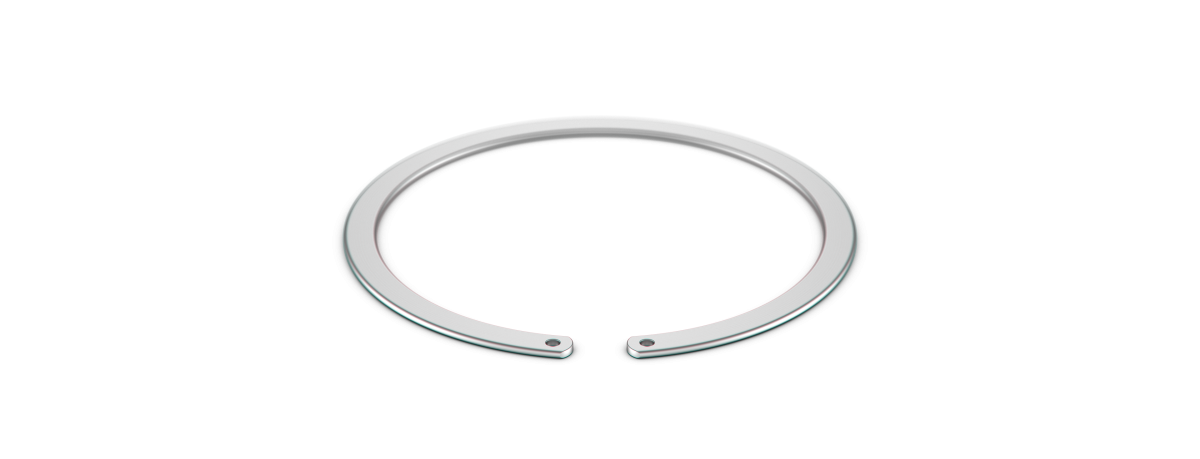FAQ: Rings
1. Do Spirolox rings fit stamped ring grooves?
Yes, Spirolox rings are designed to fit into grooves for stamped or Truarc style snap rings without the downside of protruding “ears”. China Wave Spring has a published interchange listing to help you identify a China Wave Spring ring replacement, or let us know the Truarc part number you are using and we’ll be happy to identify the appropriate ring for your application.
2. How do you assemble and remove rings?
Spiral wound rings can be installed one of two ways: first, by winding (spiraling) the ring into the groove when possible, or by pressing them axially onto a shaft or into a bore with the use of a tool that pushes them through a tapered funnel or over a tapered mandrel. This process can easily be automated for production assembly. Removal is easy; no special tools or pliers are needed. By using a dental pick or flat-bladed screwdriver to get in between the removal notch and the groove, you may then pry the ring out.
3. How easily can you change the retaining ring radial wall size?
A custom ring can be easily tailored to your application if a larger radial wall is needed. This is because of our unique edgewinding process, which allows us to easily and economically modify ring properties
without the need for additional tooling.
When changing the radial wall size, it is important to consider wire availability and the resulting installation stress of the ring. Typically, China Wave Spring guidelines call for a radial wall to ring diameter ratio of
10:1. Rings with larger radial walls have higher installation stresses. If the installation stresses exceed the minimum tensile strength, a permanent set may occur.
4. What is the upper limit for retaining ring thickness?
The limit on thickness is relative to the overall dimensions. Ring thickness can be customized to accommodate most applications by either varying material thickness and/or number of turns. A general China Wave Spring guideline is a material thickness to radial wall ratio of 10:1. To determine the optimal ring thickness, we would like to understand the application. China Wave Spring engineers are available to review your requirements.
5. I’m concerned about the ring scratching the assembly during installation. Can China Wave Spring manufacture different end configurations that would eliminate this from happening?
China Wave Spring can manufacture rings with various end configurations to prevent scratching of the assembly during installation.
To name a few end types, radiused and deburred ends are two options that have worked for customers in the past. Radiused ends, pictured below, are rounded to prevents scratching, while deburring is a process that we use to smooth the sharp corners present on the gap ends of the ring.



Connect With Us